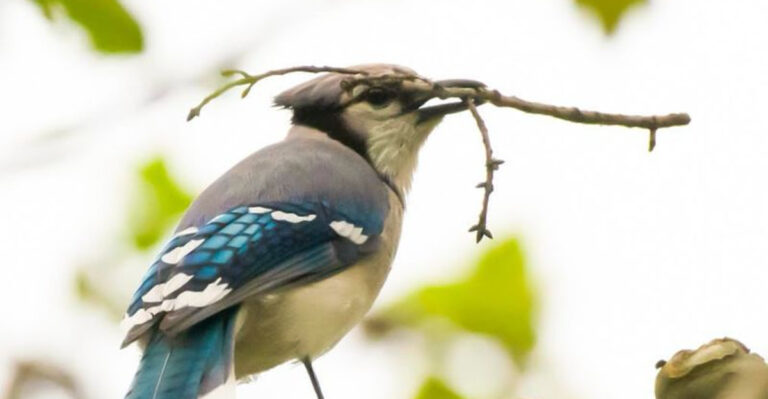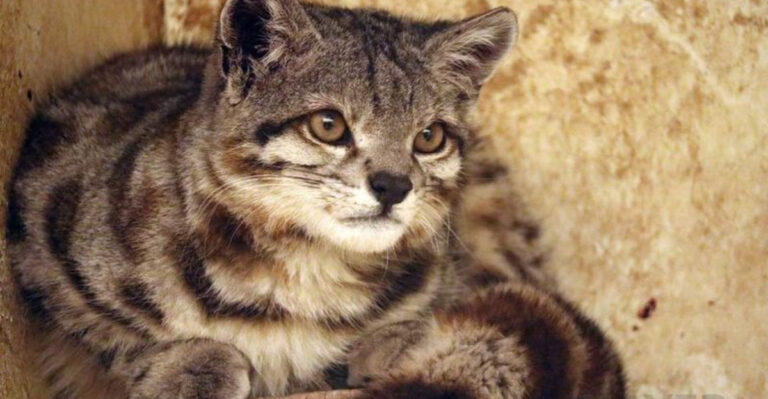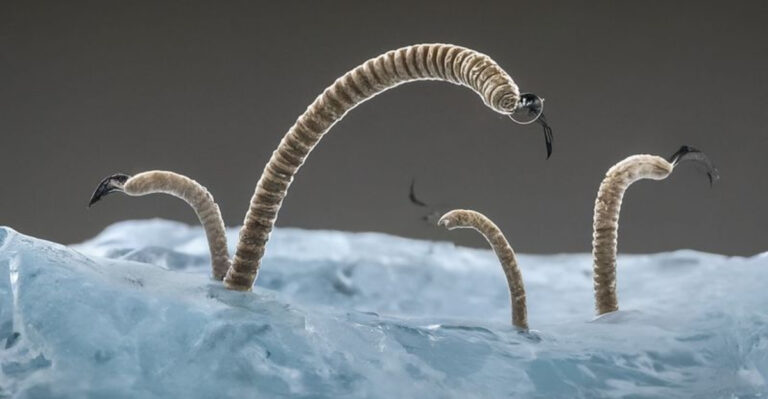14 Unbelievable Turtle Facts You’ll Never Forget

Turtles are some of the most fascinating creatures on our planet. These ancient reptiles have survived for millions of years, adapting to countless environments from oceans to deserts.
Whether you’re a wildlife enthusiast or just curious about these shell-bearing animals, these mind-blowing turtle facts will leave you in awe of these remarkable creatures.
1. Turtles Can Live Over 100 Years

Jonathan, a Seychelles giant tortoise, is estimated to be 191 years old! Many turtle species regularly surpass the century mark in both wild and captivity settings.
Certain species like Galápagos tortoises and Aldabra giant tortoises commonly live 150+ years, outliving several human generations. Their remarkable longevity makes them living time capsules of history.
2. Turtles Can Breathe Through Their Butts
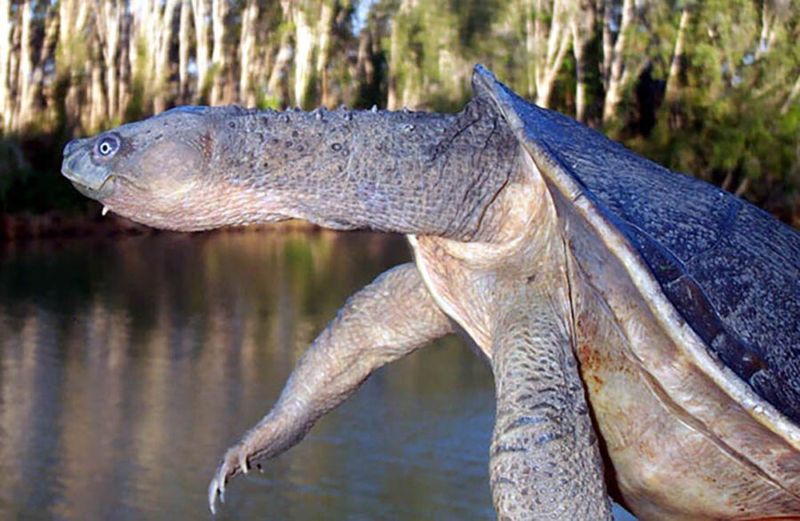
Some turtles have evolved a surprising survival technique! Species like the Fitzroy River turtle can absorb oxygen through their cloaca—essentially their rear end.
This adaptation allows them to stay underwater for months during hibernation without coming up for air. Scientists call this process “cloacal respiration,” but kids find the simpler explanation much more entertaining!
3. Turtles Are Older Than Dinosaurs
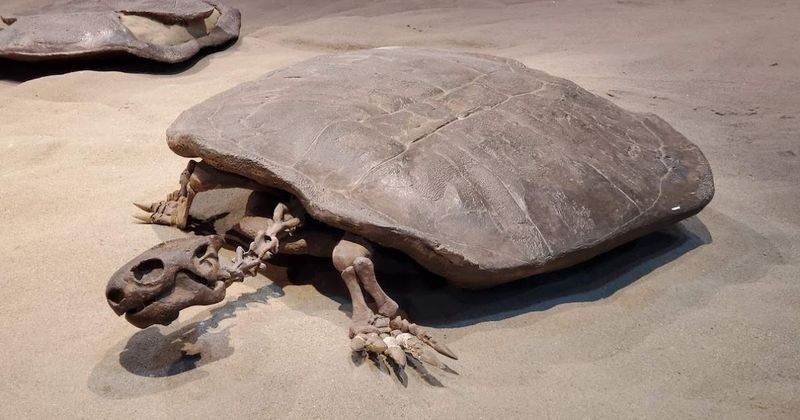
When dinosaurs first appeared 230 million years ago, turtles were already roaming Earth! Fossil evidence shows turtle ancestors existed over 260 million years ago.
Their basic body design has remained largely unchanged, proving how successful their evolutionary strategy has been. Turtles survived the mass extinction that wiped out dinosaurs, making them true living fossils.
4. Turtles Have A Hard Shell For Protection
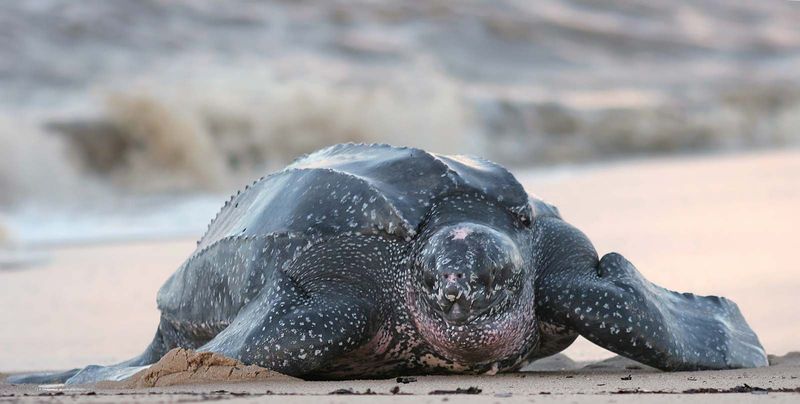
A turtle’s shell isn’t just armor—it’s actually part of their skeleton! The top shell (carapace) connects to their backbone and ribs, while the bottom shell (plastron) attaches to their collarbone.
Unlike hermit crabs, turtles can’t leave their shells behind. Their shells grow as they do, developing unique patterns that can help identify individual turtles in the wild.
5. Turtles Can’t Stick Their Tongues Out
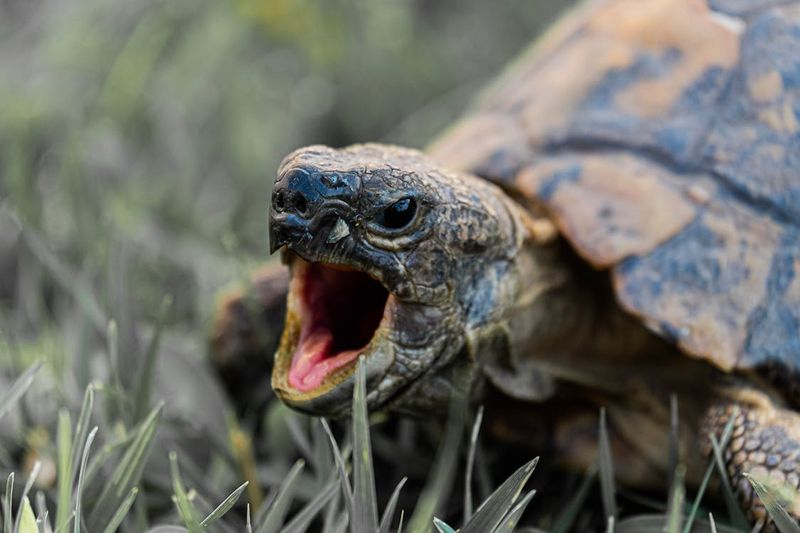
Unlike snakes or lizards, turtles have tongues firmly attached to the floor of their mouths. This unusual anatomical feature prevents them from extending their tongues outside their mouths.
Their tongues help with swallowing food but can’t be used to catch prey or taste the air. Some aquatic turtles have specialized throat structures that help them extract oxygen from water.
6. Some Turtles Can Hear Despite Lacking External Ears
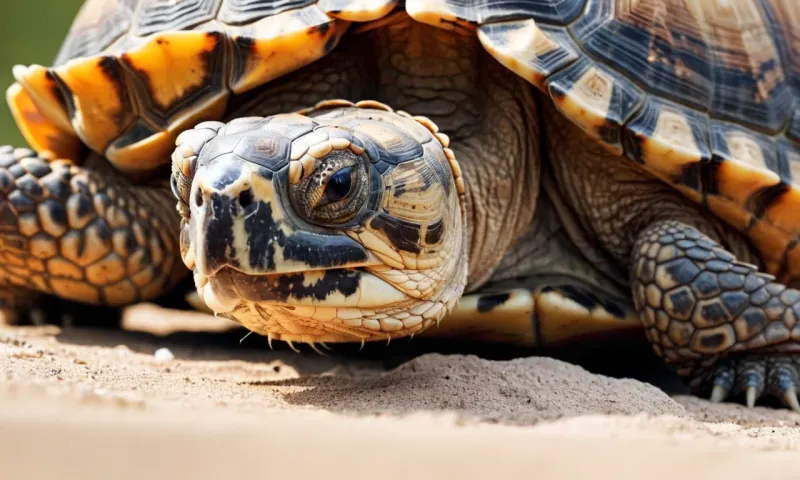
Look closely at a turtle’s head—no ears in sight! Instead of external ear openings, turtles have thin flaps of skin covering internal ear bones.
They perceive sound through vibrations detected by these bones and their shell. Sea turtles are especially sensitive to low-frequency sounds, which helps them navigate ocean environments and detect approaching predators.
7. Turtles Have Incredible Navigation Skills

Imagine finding your childhood home after decades away—without GPS! Sea turtles accomplish this remarkable feat by sensing Earth’s magnetic field like built-in compasses.
They create mental maps of magnetic signatures along coastlines. Hatchlings born today will return to the exact same beach where they emerged from eggs 20-30 years later, sometimes traveling thousands of miles to reach it.
8. All Turtles Are Cold-Blooded

Unlike mammals, turtles can’t generate their own body heat. They rely on external temperatures to warm up or cool down, which is why you’ll spot them basking on logs or rocks.
This cold-blooded nature (ectothermy) explains their slow movement and low energy needs. During winter, many freshwater turtles bury themselves in mud and enter a hibernation-like state called brumation.
9. Turtles Can Swim Thousands Of Miles
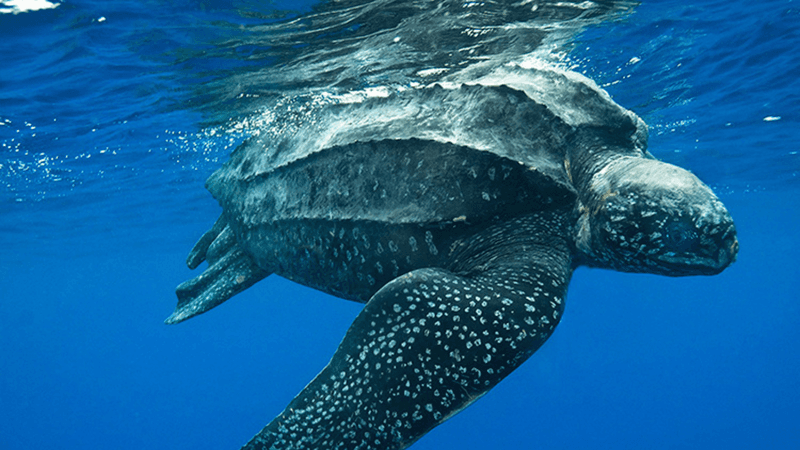
Leatherback sea turtles hold the marathon record among reptiles! These ocean travelers swim up to 10,000 miles annually between feeding and nesting grounds.
Tracking studies have recorded individual turtles crossing entire oceans. Their streamlined shells and powerful flippers make them incredibly efficient swimmers, capable of maintaining speeds of 22 mph in short bursts.
10. Turtles Have Unique Lifespan And Growth Rates
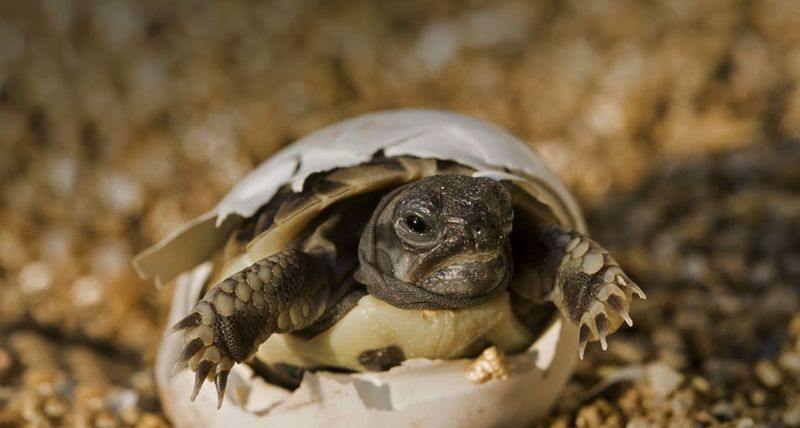
The Galapagos tortoise grows at a glacial pace, taking up to 40 years to reach full size! This slow-and-steady approach contributes to their remarkable longevity.
Different turtle species mature at wildly different rates. Some small pond turtles reach adulthood in just 2-5 years, while large tortoises might not be reproductively mature until their third or fourth decade.
11. Turtles Can Hold Their Breath For Hours
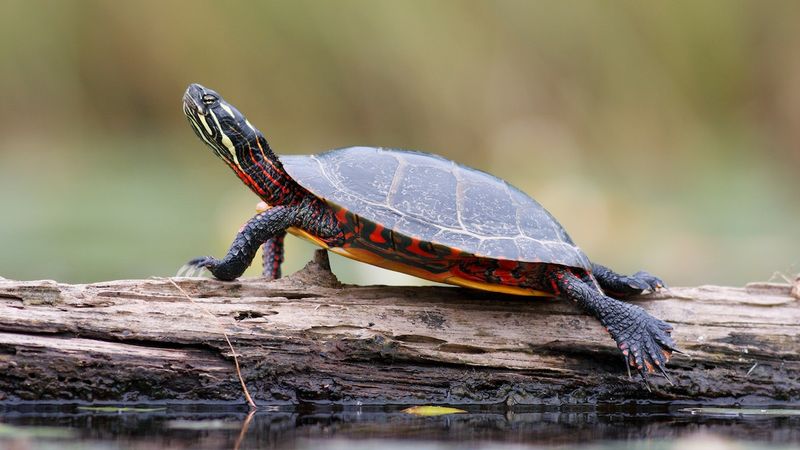
Painted turtles perform a winter miracle by surviving underwater for months without taking a single breath! Their metabolism slows dramatically, allowing them to absorb tiny amounts of oxygen through their skin.
Sea turtles routinely hold their breath for 4-7 hours during rest periods. During active swimming, they surface every few minutes, making their deep-diving abilities all the more impressive.
12. Turtles Can Grow New Teeth
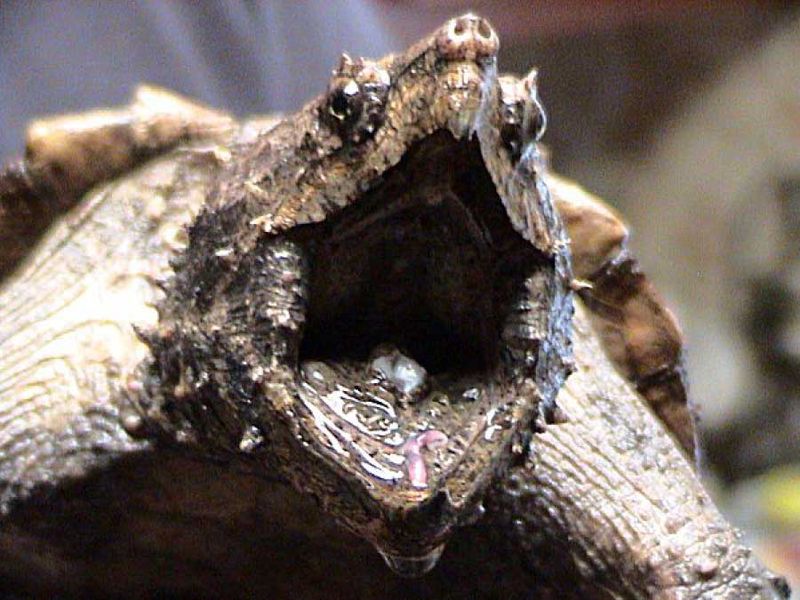
Snapping turtles possess continuously growing beaks that replace worn surfaces throughout their lives. Unlike human teeth, these structures are made of keratin—the same material as our fingernails.
Some prehistoric turtle species had true teeth, but modern turtles evolved sharp, ridged beaks instead. These powerful jaws can exert enough force to crack shells, cut through vegetation, or in some species, deliver a dangerous bite.
13. Female Turtles Return To Lay Eggs On Their Birth Beaches
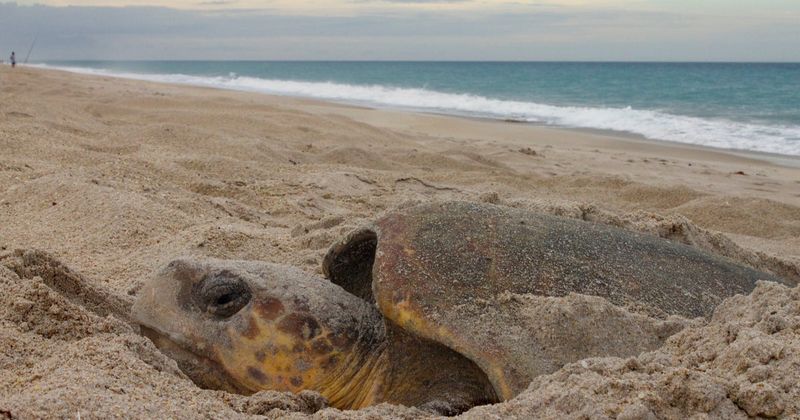
Female loggerhead turtles embark on incredible journeys spanning thousands of miles to return to their birthplace. This phenomenon, called natal homing, remains one of nature’s most mysterious navigational feats.
Scientists believe turtles imprint on their birth beach’s unique magnetic signature, chemical cues, and even distinctive scents. This powerful connection draws them back decades later to continue the ancient cycle.
14. Turtles Have A Low Metabolic Rate
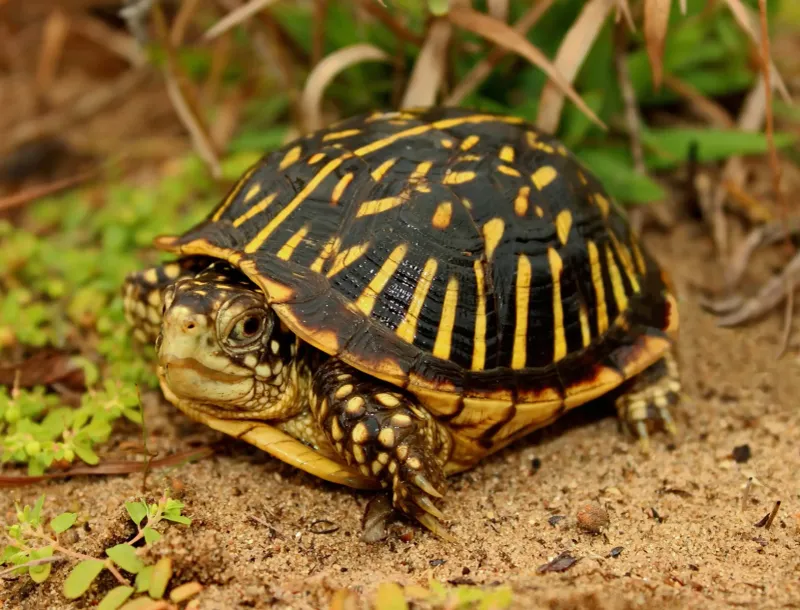
A box turtle’s heart beats just 40 times per minute—less than half the human resting rate! This super-slow metabolism allows turtles to survive amazingly long periods without food.
Desert tortoises can go a year without drinking water, relying on moisture from plants. During tough times, some species can lower their metabolism by up to 95%, entering a state similar to suspended animation.

